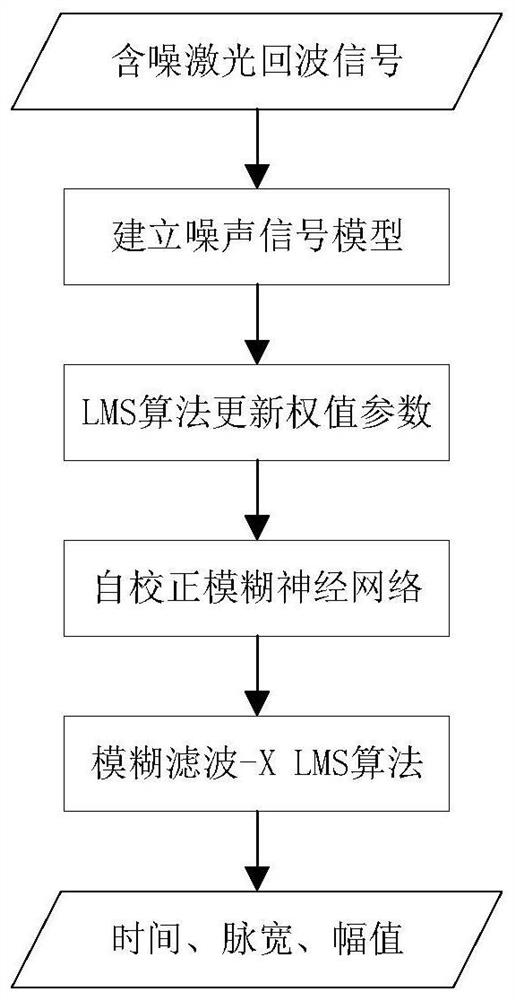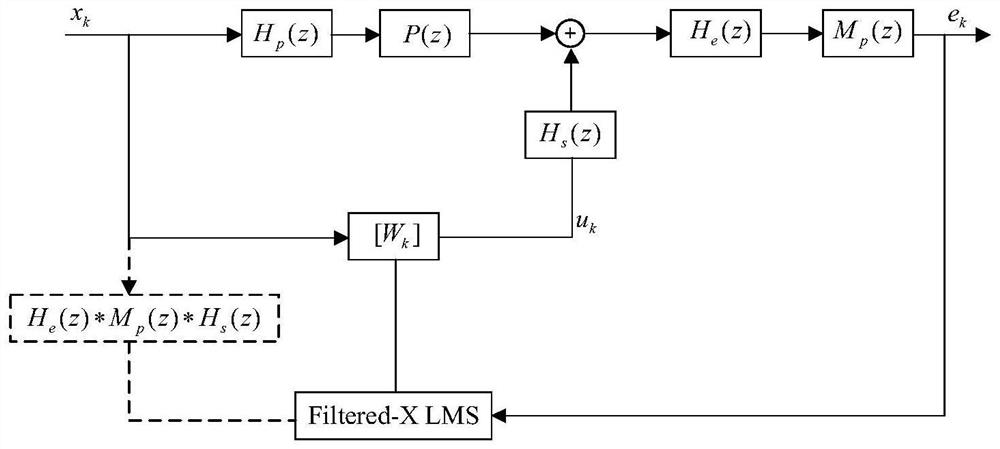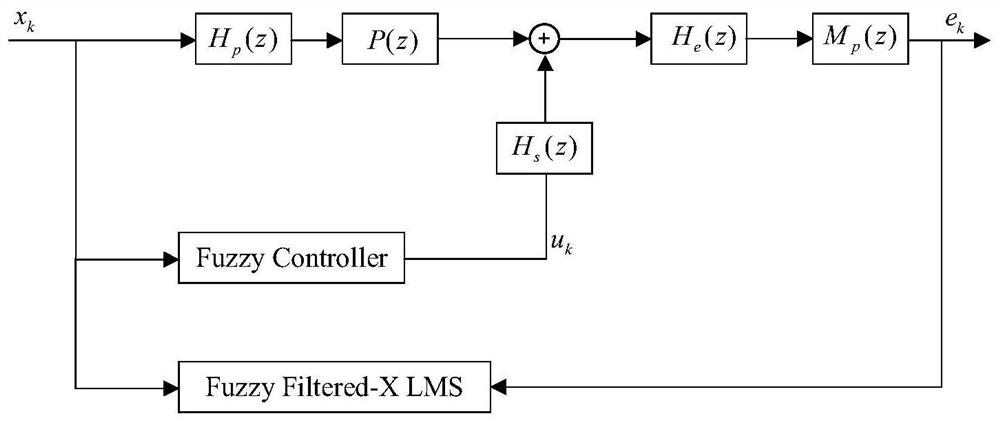Laser radar echo processing method based on improved fuzzy neural network filtering
A technology of fuzzy neural network and laser radar, which is applied in the direction of radio wave measurement systems and instruments, can solve the problems of poor smoothness of limiting filter, inability to determine effective signals, and inability to take into account sensitivity and smoothness at the same time, so as to eliminate noise interference Effect
- Summary
- Abstract
- Description
- Claims
- Application Information
AI Technical Summary
Problems solved by technology
Method used
Image
Examples
Embodiment
[0050] A laser radar echo data processing method with improved fuzzy neural network filtering, such as figure 1 As shown, the specific steps are as follows:
[0051] Step 1: The atmospheric pulse lidar equation is derived under the first-order multiple scattering approximation as follows:
[0052]
[0053] In the formula, P r (R) is the sampling signal strength at distance R, β π(R) is the backscattering coefficient, σ(R) is the extinction coefficient, C q is the instrument constant, and the actual lidar receiving signal needs to pass through photodetectors, high-frequency amplifiers, analog-to-digital converters and other devices. According to the actual device parameters, the signal model is further revised. Let the bias level of the amplifier be l v , the sampling frequency of the ADC converter is f, and it is assumed that the average extinction coefficient in the sampling volume between the k-1th sampling point and the kth sampling point is The echo model can be ...
PUM
 Login to View More
Login to View More Abstract
Description
Claims
Application Information
 Login to View More
Login to View More - R&D
- Intellectual Property
- Life Sciences
- Materials
- Tech Scout
- Unparalleled Data Quality
- Higher Quality Content
- 60% Fewer Hallucinations
Browse by: Latest US Patents, China's latest patents, Technical Efficacy Thesaurus, Application Domain, Technology Topic, Popular Technical Reports.
© 2025 PatSnap. All rights reserved.Legal|Privacy policy|Modern Slavery Act Transparency Statement|Sitemap|About US| Contact US: help@patsnap.com



